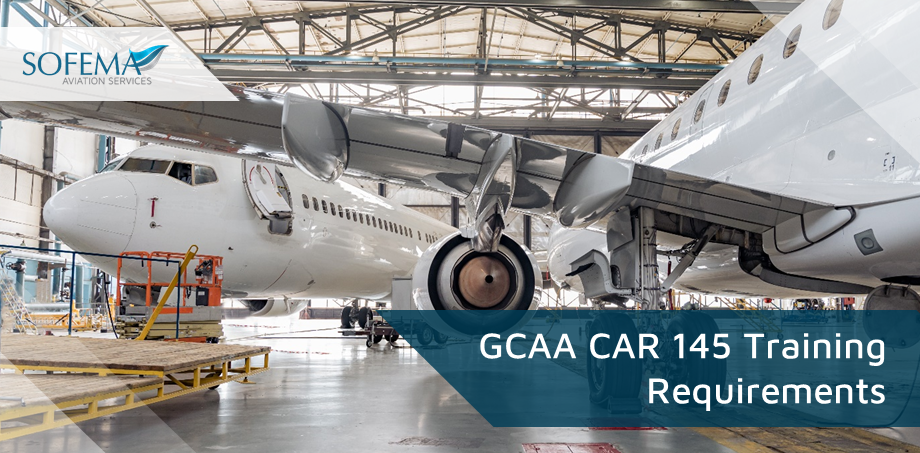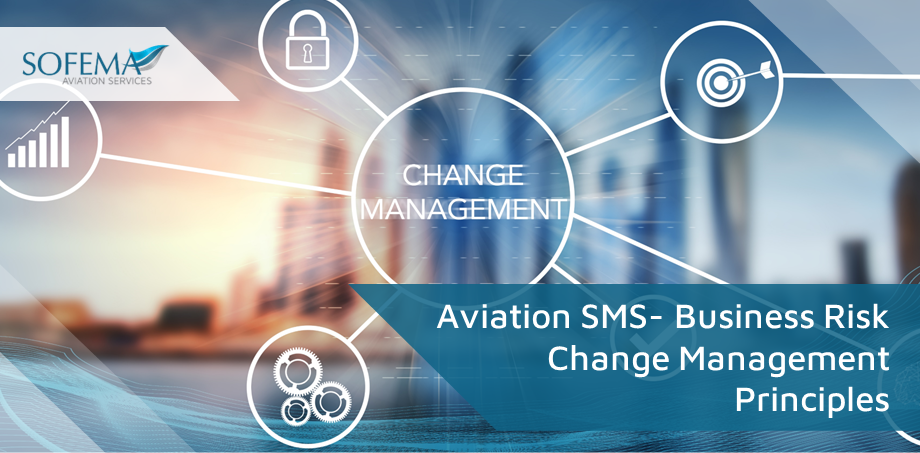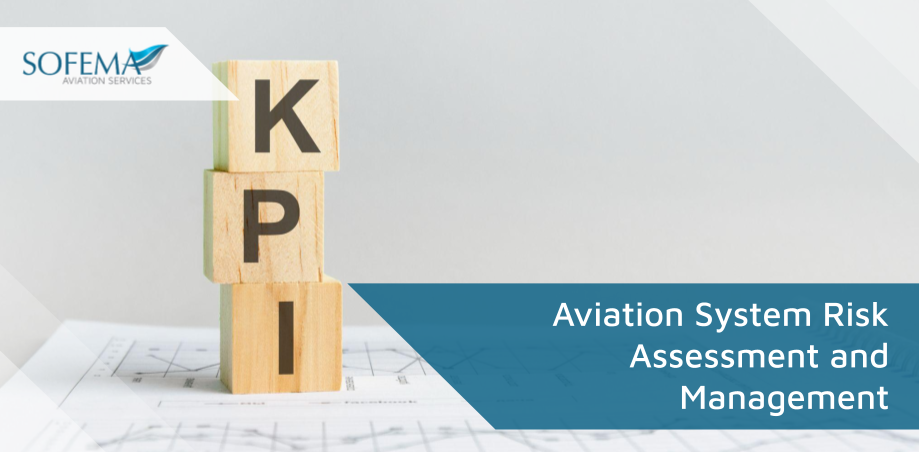We are pleased to invest in your future today! Win a Free SOL Diploma of your choice
read more
Sofema Online (SOL) www.sofemaonline.com is pleased to announce that one of our clients will win a Free SOL Diploma by choice >> Fill in your feedback for any SOL training you’ve completed here << We are delighted to support the aviation industry by providing regulatory and vocational training courses to delegates worldwide. We strongly believe…






